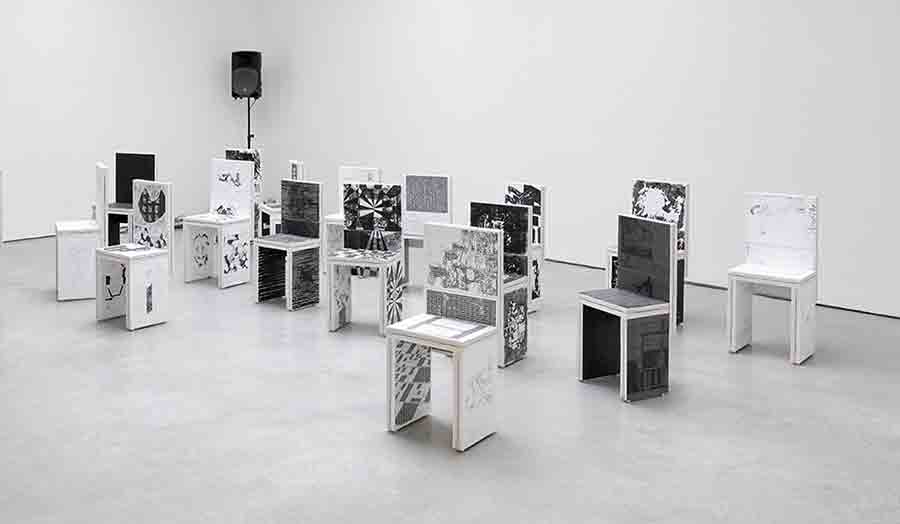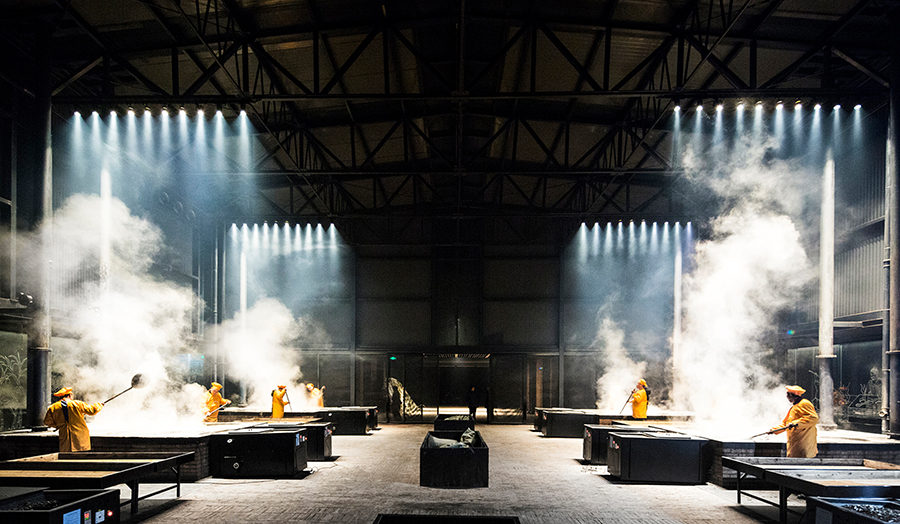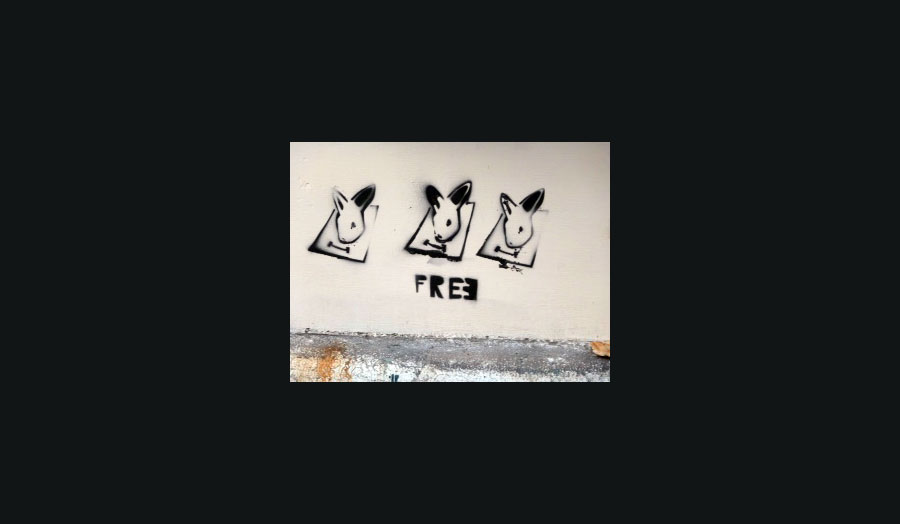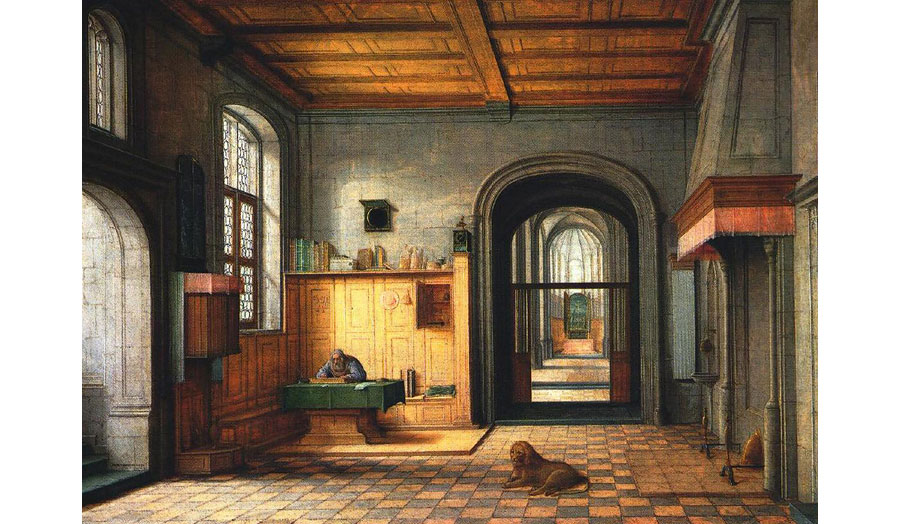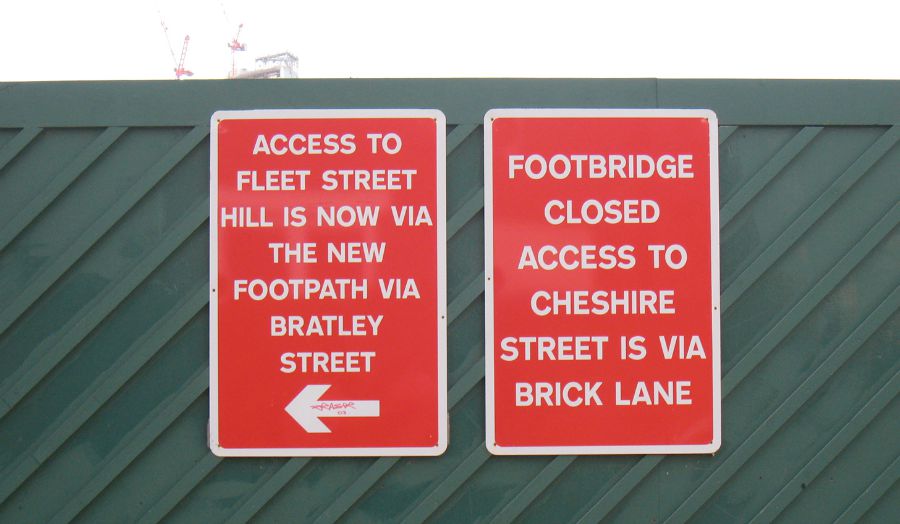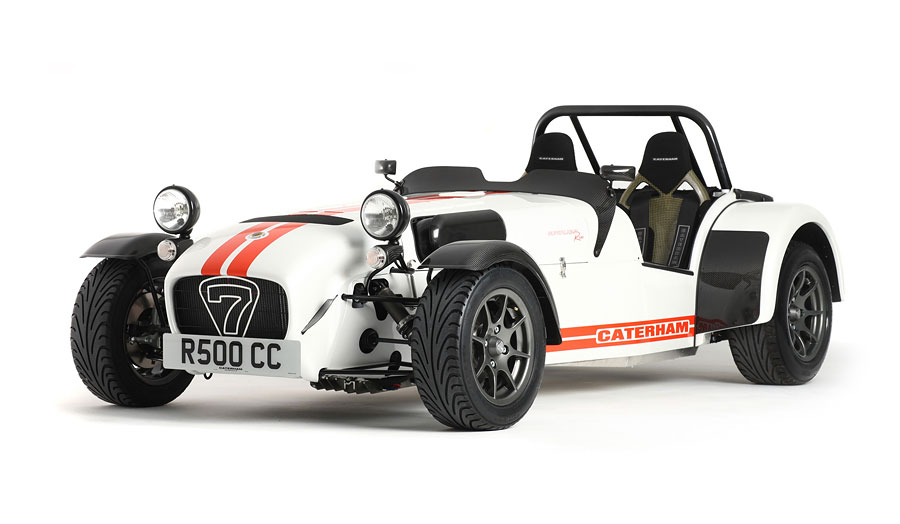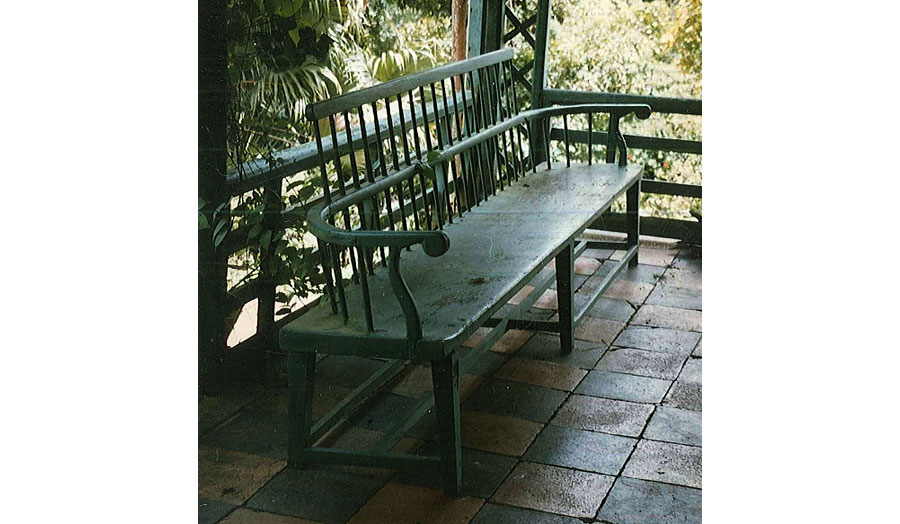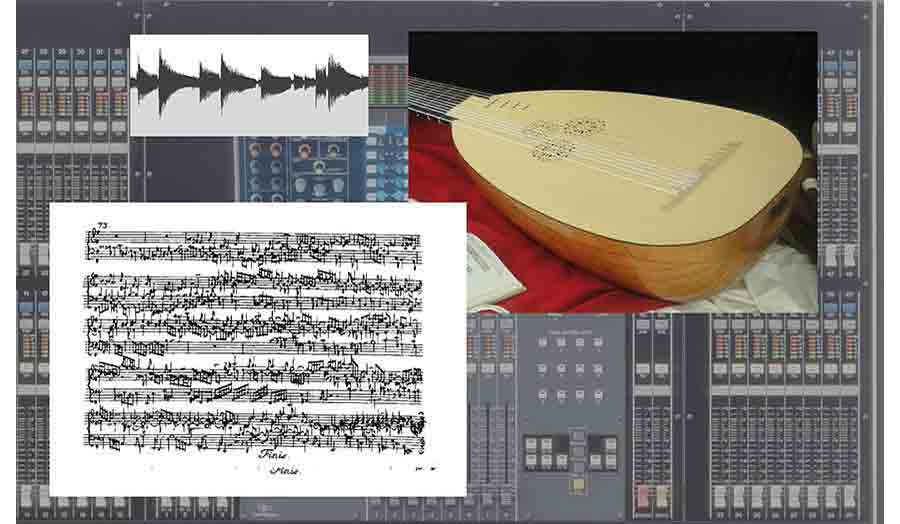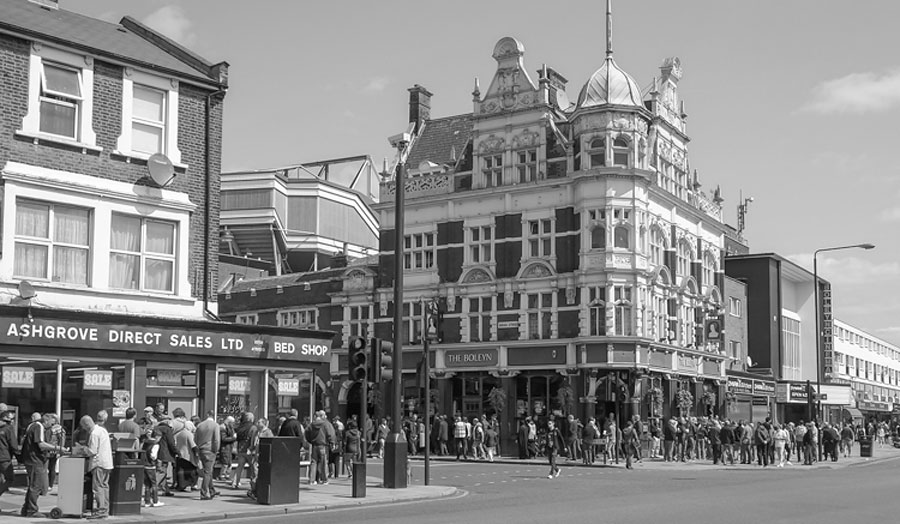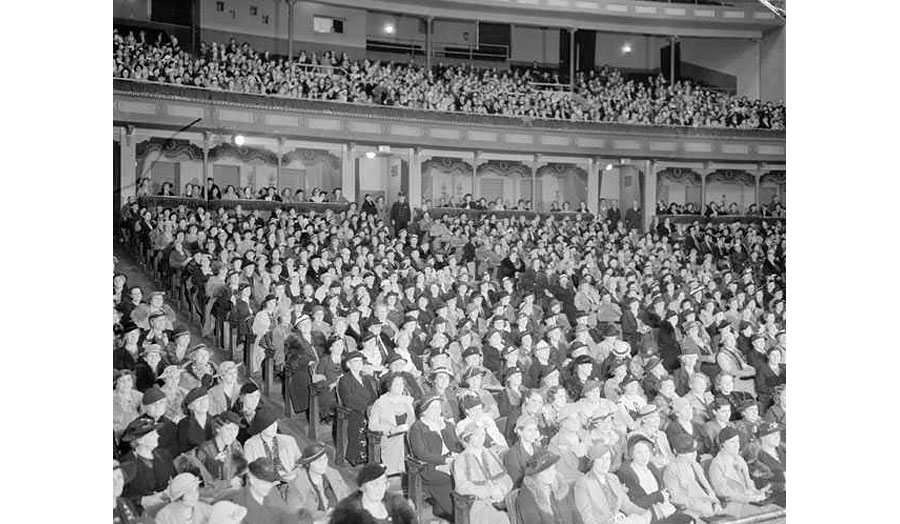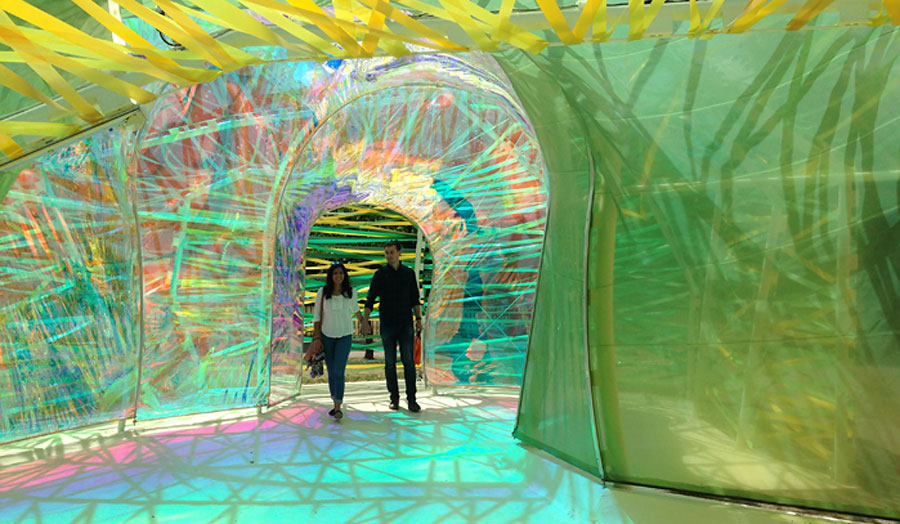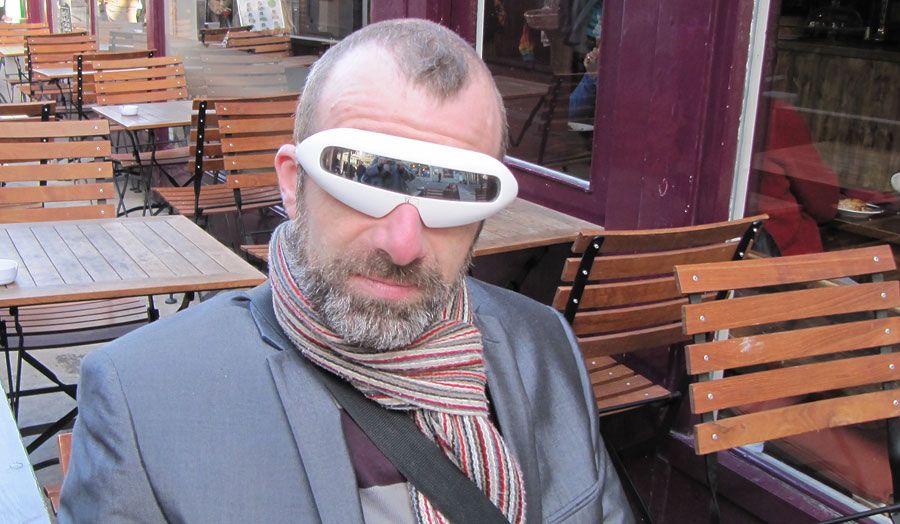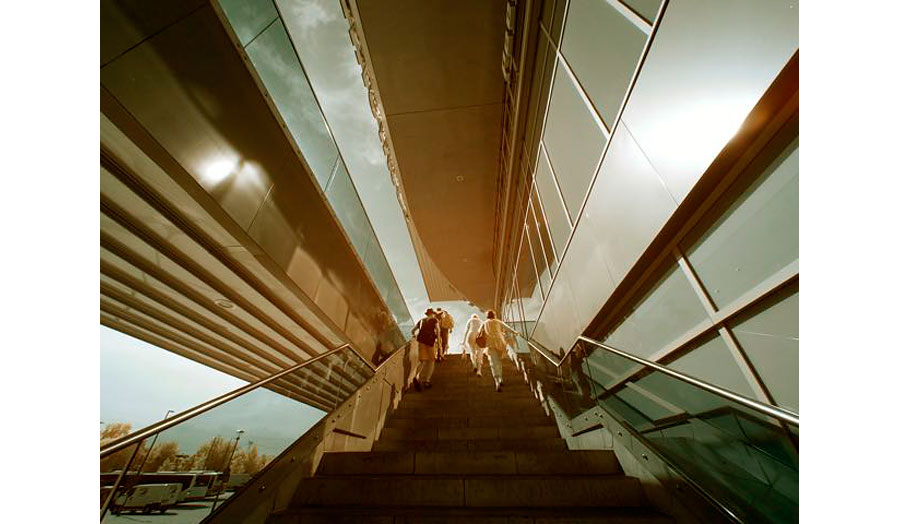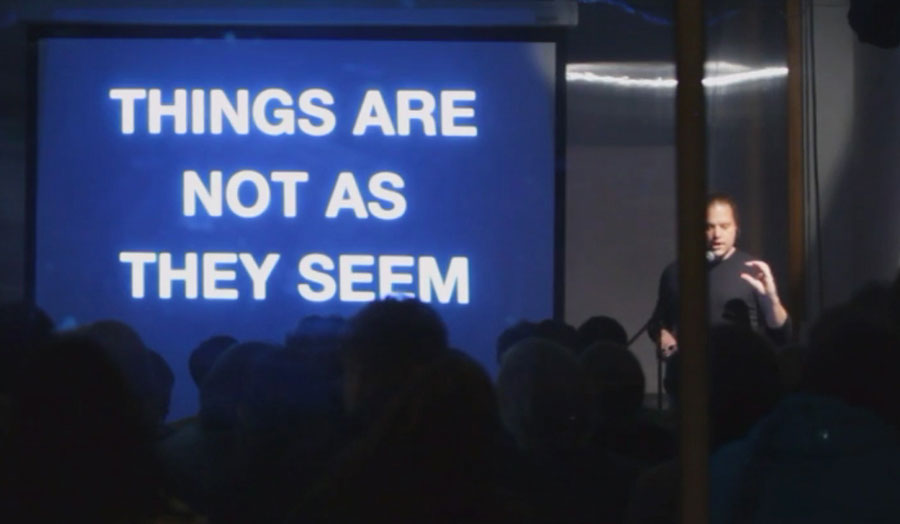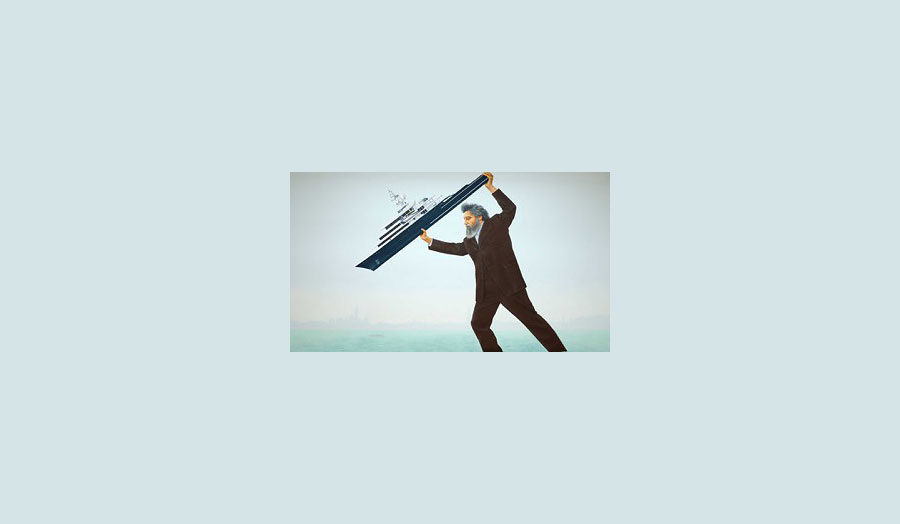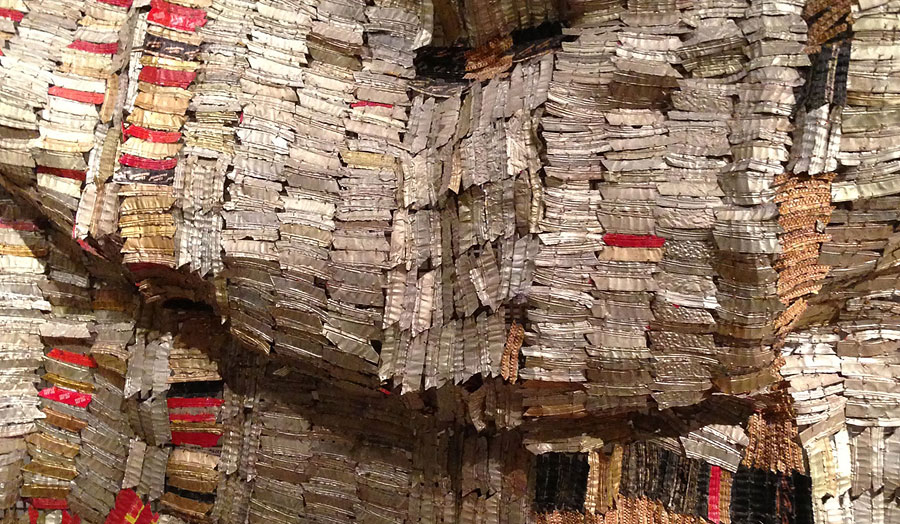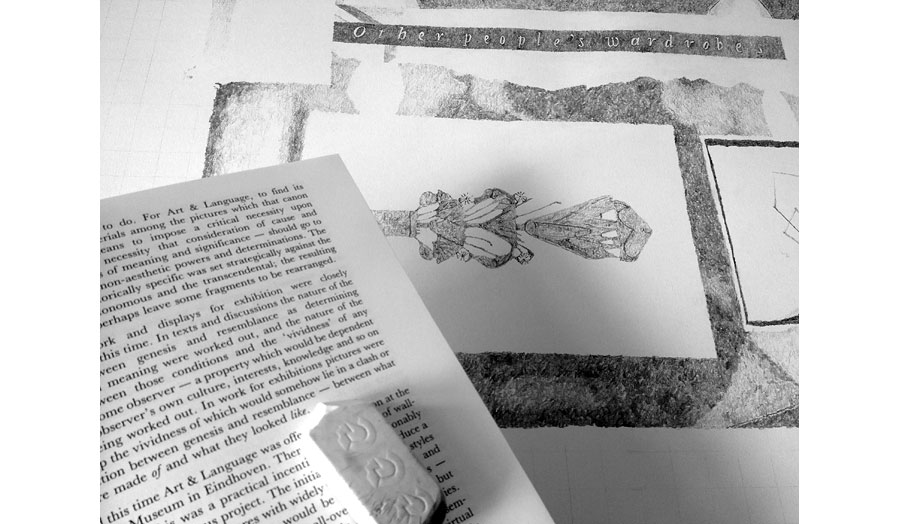Studio brief
In the Contemporary, the distinction between making and showing has been eclipsed. Art has become a matter of public production and experiencing of art, and curating plays a vital role in these processes. Curating has moved from an activity undertaken by museum and gallery professionals towards a creative discipline; in short, artworks and their display are now one and the same thing. According to the Theorist Boris Groys, the rise of installation art has transformed the public space of the exhibition into a private space, organised by the artist. From museums, galleries, artist-run projects and the web, it is clear that space is now a contested place. Crucial in this respect is the tripartite relationship between artists, curators and the audience. As these relationships are destabilised they become more productive and lead to significant change, typified in the rise of the artist as curator, and of the curator as artist, two developments, which give further credence to the vital debate around display. Moreover, the remit of curating has expanded into a discursive practice that reaches many areas of our lives; from architecture and design, to theatre and social media.
This dissertation studio examines the impact of curatorial practice on art in particular, and aims to help students to contextualise their own practice, and that of others within the field of display. With this in mind, the studio begins by looking at a short history of curating, followed by a close reading of texts on the subject; these sessions will be followed by group discussions and, later, tutorials to develop students’ own topics towards the full dissertation.
This ‘Dissertation Studio’ is designed to help students who are interested in curating as a broad subject, as well as those who wish to contextualise their own practice within the scope of displaying art.
Over summer:
You might like to visit the Whitechapel Open exhibition, Carsten Höller at the Hayward Gallery, and Station to Station – a happening with 100 artists curated by artist Doug Aitken.
Outline the first seven weeks of study
- Week 1: Introduction to the Subject: What is the role of Curating today
- Week 2: A Short History of Curating (part 1) Lecture/Seminar
- Week 3: A Short History of Curating (part 2) Lecture/Seminar
- Week 4: First Group Topic Discussions
- Week 5: Presentation of Key Texts Lecture/Seminar
- Week 6: Guided Exhibition Visit
- Week 7: Presentation of Student Topics
Reading list
- David Balzer, Curationism: How Curating Took over the Artworld and Everything Else, Coach House Books, 2014
- Sarah Thornton, Seven Days in the Artworld, Granta Books, London, 2009
- Hans Ulrich Obrist, Lucy Lippard, A Brief History of Curating, JRP Ringier, Zurich, 2008
- Paul O’Neill, The Culture of Curating and the Curating of Culture(s), MIT Press, Camb. Mass., 2012
- Bruce Altshuler: Salon to Biennial: Exhibitions that Made Art History, Volume 1: 1863-1959, Phaidon, London, 2008
- Jens Hoffmann (ed.), Ten Fundamental Questions of Curating, Mousse Publishing, London, 2013
- Boris Groys, Going Public, Sternberg Press, Berlin, 2011
- Brian O’Doherty, Studio and Cube: On the Relationship between where Art is made and Art is displayed, Princeton Architectural Press, 2008
- Miwon Kwon, One Place after another: Site-Specific Art and Locational Identity, MIT Press, Camb. Mass., 2003
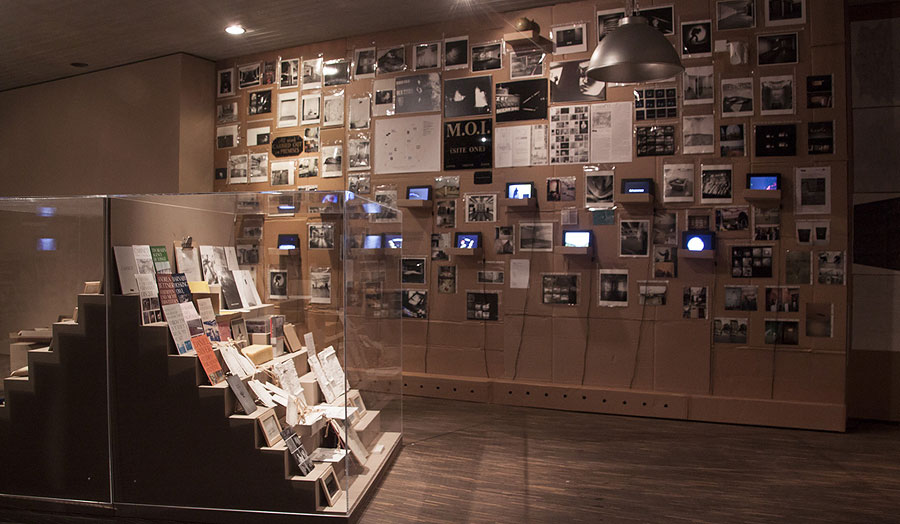
Details
| Tutor | Nico de Oliveira |
|---|

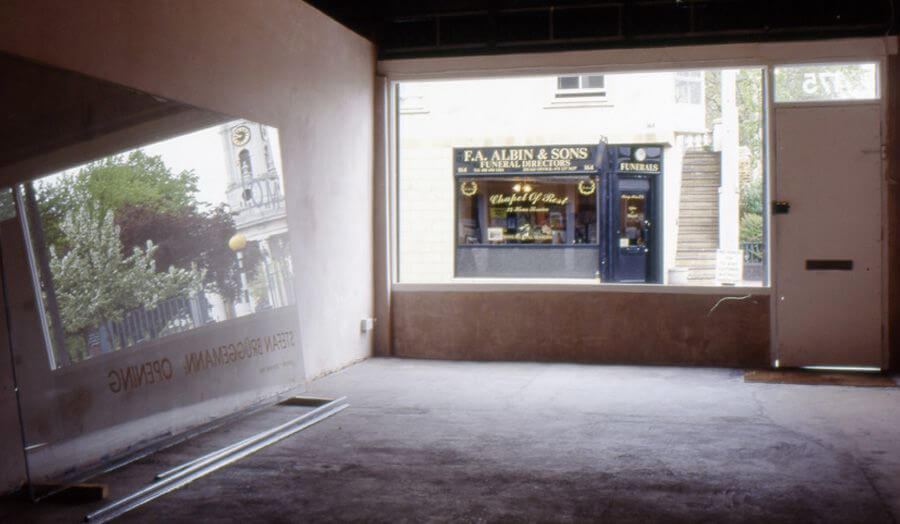
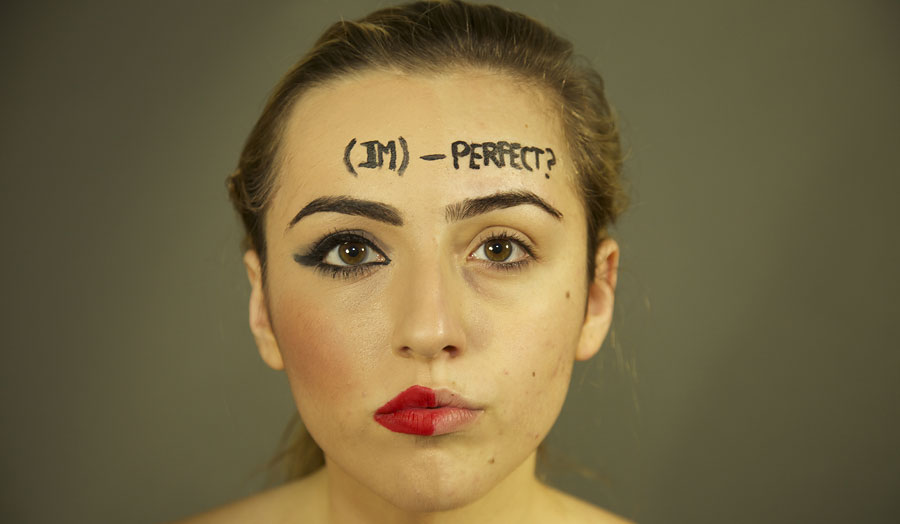
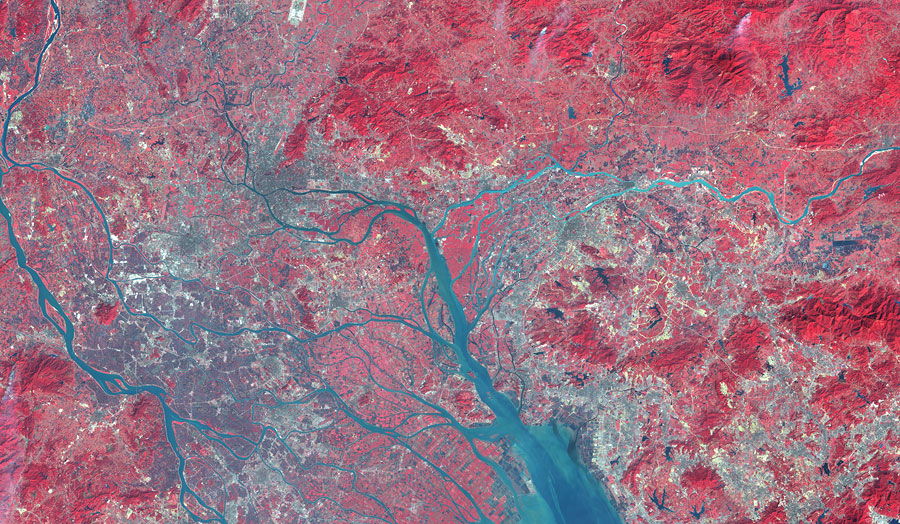
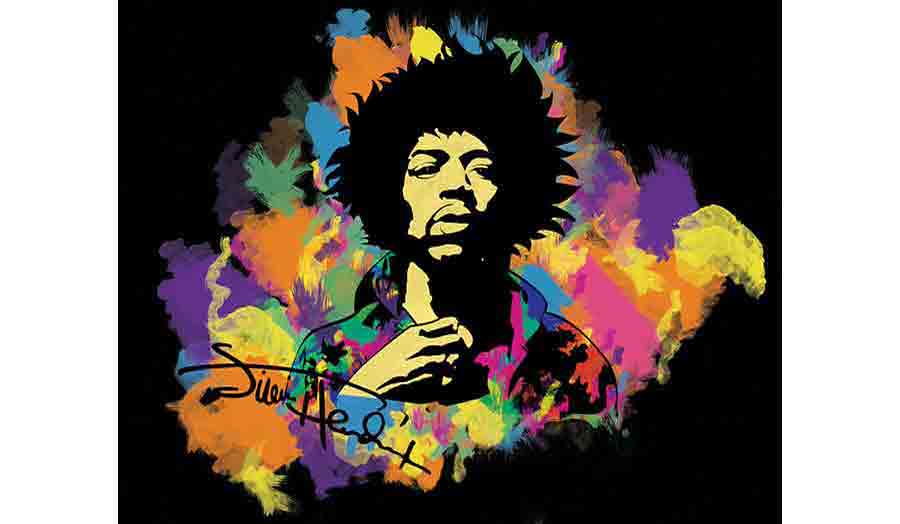
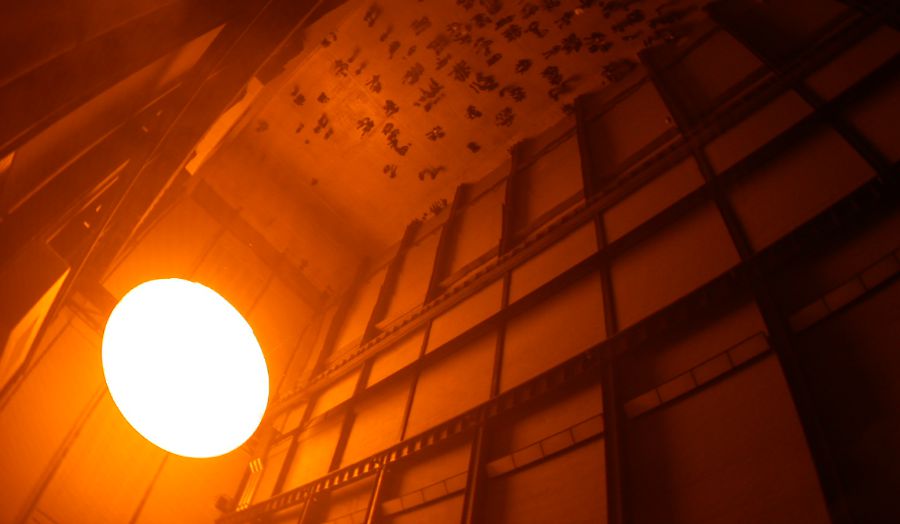
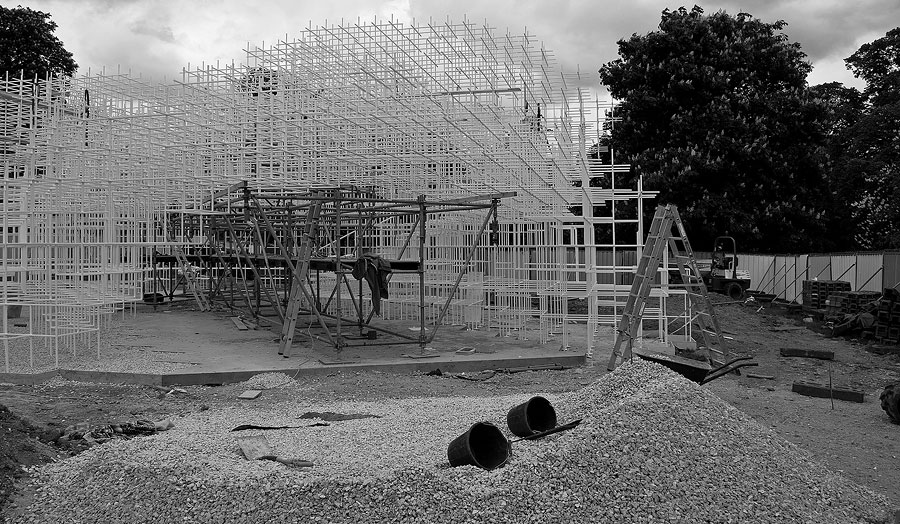
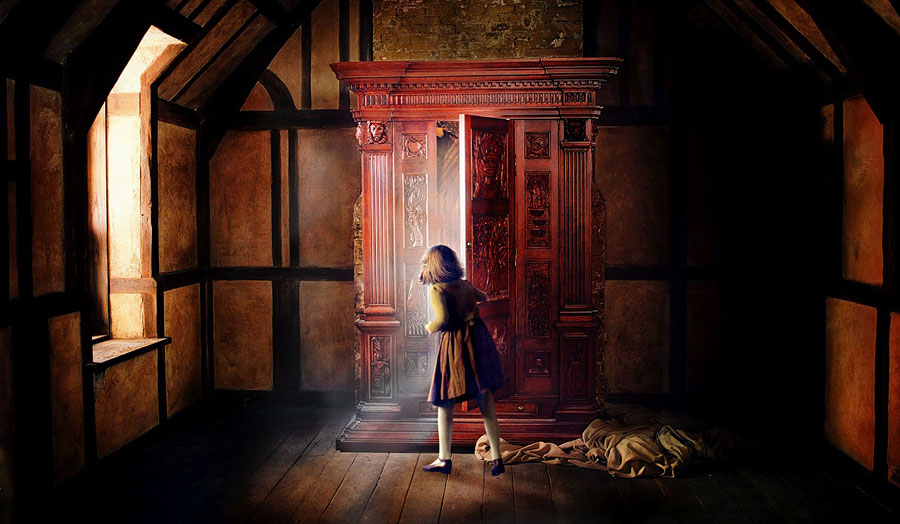

-(1).jpg)
